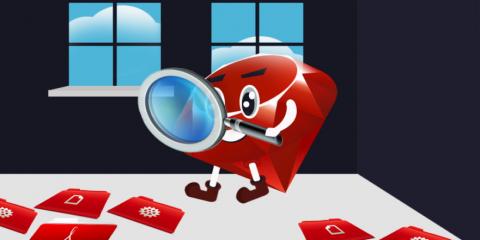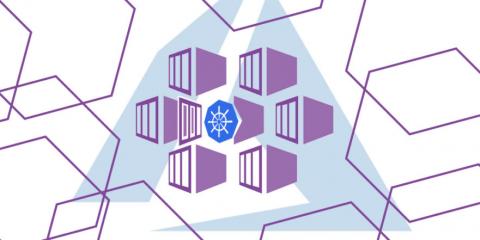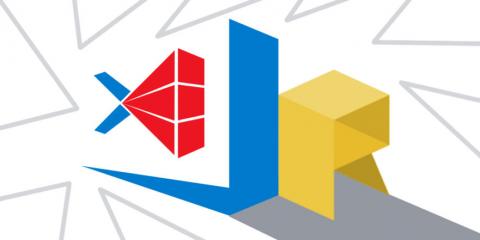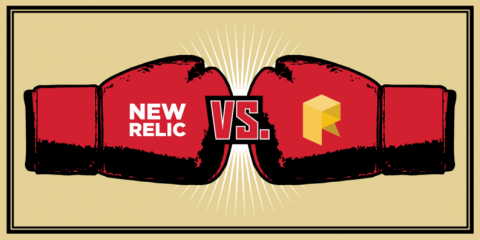Rack Mini Profiler: A Complete Guide on Rails Performance
Ruby on Rails makes writing web applications a pleasure. It’s a powerful and intuitive platform, built on an equally powerful and intuitive language. But that doesn’t mean it’s not worth taking the time to check your code for bottlenecks and performance problems before you ship. In this post, I’ll cover how to use Rack Mini Profiler to profile your Rails application.











